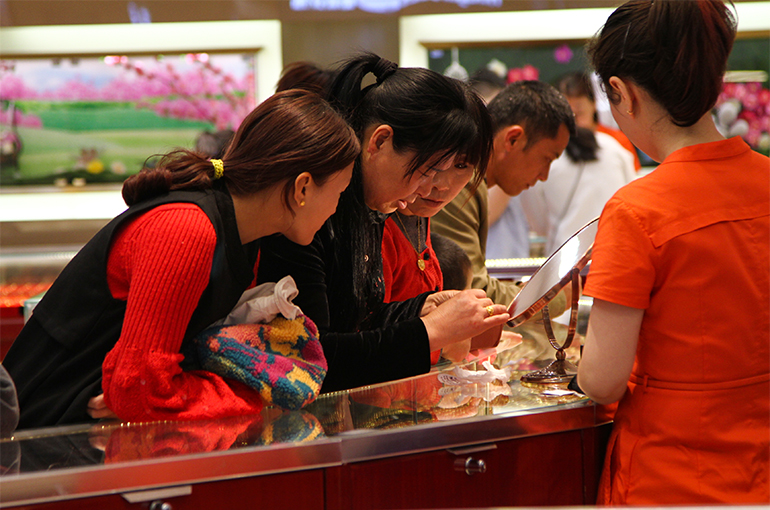 China's Smaller Cities Beat Big Metropolises for Consumption Growth, Data Shows
China's Smaller Cities Beat Big Metropolises for Consumption Growth, Data Shows(Yicai) Dec. 27 -- Consumption in China’s county-level cities and rural areas is growing faster than that in the bigger first- and second-tier municipalities thanks to an expanding middle class with more spending power, according to the latest data.
Only six out of China’s 31 provincial-level regions logged more than 5 percent growth in the retail sales of consumer goods in the first three quarters from a year earlier, according to the National Bureau of Statistics.
These were Xizang Autonomous Region, Henan province, Hunan province, Shandong province, Jiangxi province and Hubei province, and most of them are in the less-developed central and western parts of the country with lower urbanization rates.
This far outstripped the national average of 3.3 percent growth in the first nine months to CNY35.3 trillion (USD4.9 trillion), according to NBS’ figures.
County-level cities have maintained relatively rapid economic expansion in recent years as they become destinations of substantial industrial transfers, thanks to the development of urban clusters and metropolitan circles in the country.
Municipalities with significant potential for urbanization have seen notable increases in consumption growth. In the first 11 months, Zhoukou in Henan province logged a 6.6 percent rise in its sales of consumer goods, while Nanyang in Henan province recorded a 6.1 percent jump and Hengyang in Hunan province witnessed a 6.9 percent surge.
Compared to large cities with higher housing prices and living costs, small and medium-sized metropolises offer residents a life with less pressure and more leisure time. Thus, the middle class in county towns is pursuing a more refined style of consumption.
The volume of on-demand retail orders in county-level and other lower tier cities, which refers to instant delivery of online orders from brick-and-mortar outlets in the vicinity, jumped 54 percent in the first eight months year on year, according to data released at the Meituan Instant Retail Industry Conference in October.
Meituan is also putting more focus on county-level economies, the Beijing-based company said during its third-quarter earnings call.
Other well-known brands are also developing strategies to enter county-level cities. For example, fast food chain KFC has developed a "small town mini-store model," to lower the investment needed to open new outlets. By streamlining menus and optimizing equipment, the Kentucky-based firm has reduced costs to as little as CNY500,000 (USD68,518) per new store, making it KFC’s store model with the lowest investment cost.
Editor: Kim Taylor